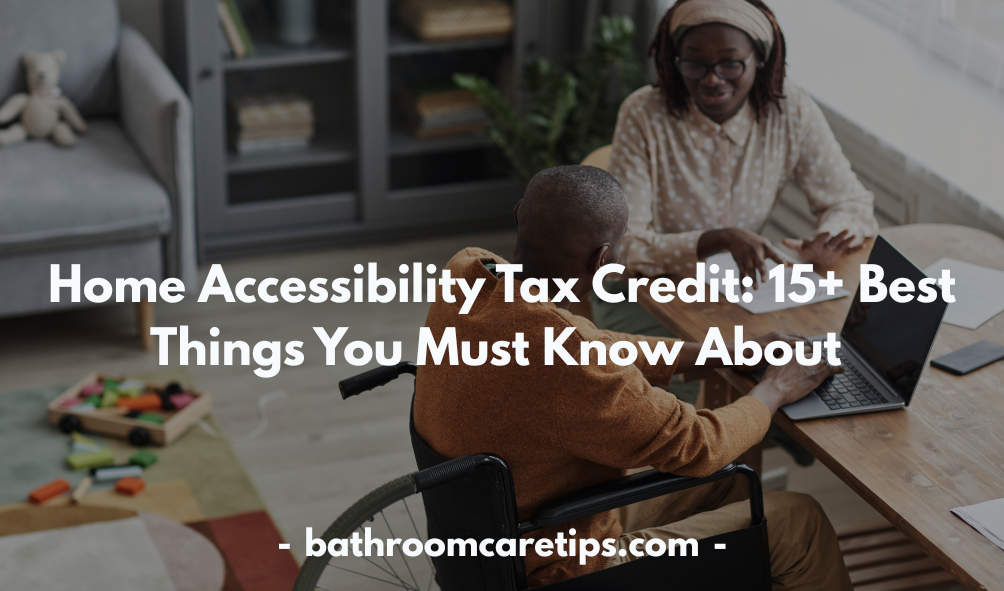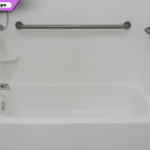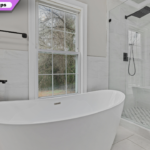If you’re planning to renovate your home to make it safer and more accessible, the Home Accessibility Tax Credit (HATC) in Canada could save you thousands of dollars. This federal tax credit supports eligible Canadians in making modifications that help seniors and persons with disabilities live more independently.
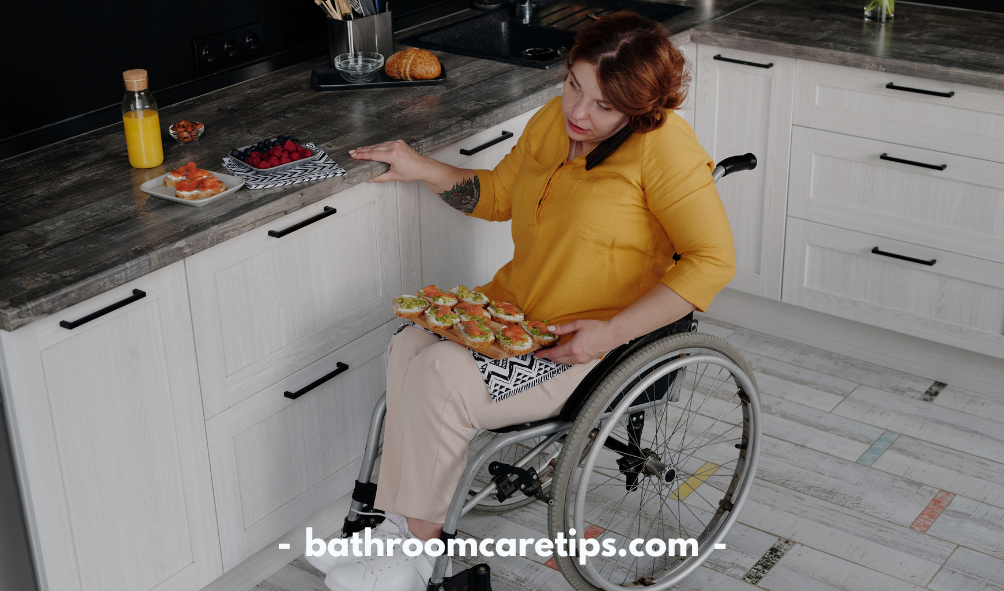
What Is the Home Accessibility Tax Credit?
The Home Accessibility Tax Credit (HATC) is a non-refundable tax credit from the Canada Revenue Agency (CRA). It allows taxpayers to claim eligible home renovation expenses that improve the accessibility, mobility, or safety of a qualifying individual’s principal residence.
Key Details:
- Maximum eligible expenses: $20,000 per year
- Tax credit rate: 15%
- Maximum credit value: $3,000 annually
- Claimed on: T1 General Income Tax and Benefit Return
This means if you spend up to $20,000 on eligible renovations, you can receive a tax credit of up to $3,000 to reduce your federal income tax payable.
Who Is Eligible for the HATC in Canada?
To qualify for the HATC, either you or the person benefiting from the renovation must meet one of the following criteria:
1. Senior Citizen
- The individual is 65 years or older at the end of the tax year.
2. Person with a Disability
- The individual is eligible for the Disability Tax Credit (DTC) at any time during the year.
3. Supporting Relatives
- If you are a spouse, common-law partner, or caregiver living with and supporting a qualifying individual, you may also be eligible to claim the credit.
What Types of Renovations Qualify?
To be eligible, renovations must be:
- Permanent in nature
- Made to the principal residence
- Intended to make the home more accessible or safer for the qualifying person
Eligible Renovation Examples:
- Installing wheelchair ramps, walk-in bathtubs, or stair lifts
- Widening doorways and hallways
- Lowering kitchen countertops or cabinets
- Adding grab bars or handrails
- Installing non-slip flooring or automatic doors
Renovations for aesthetic purposes or general maintenance are not eligible.
Ineligible Expenses
The following are not covered under the Home Accessibility Tax Credit:
- Routine maintenance (e.g., roof repairs or plumbing)
- Home security systems
- Appliances (e.g., washers, dryers)
- Landscaping, outdoor lighting, or general yard work
- Costs reimbursed by another program or insurance
How to Claim the HATC
Claiming the Home Accessibility Tax Credit is simple:
- Save all receipts and documentation related to the renovation, including contracts and proof of payment.
- Ensure the work is done by qualified professionals.
- On your T1 income tax return, complete Schedule 12 – Home Accessibility Expenses.
- Enter the claim amount under Line 31285 on your tax return.
Keep receipts for at least six years in case the CRA requests verification.
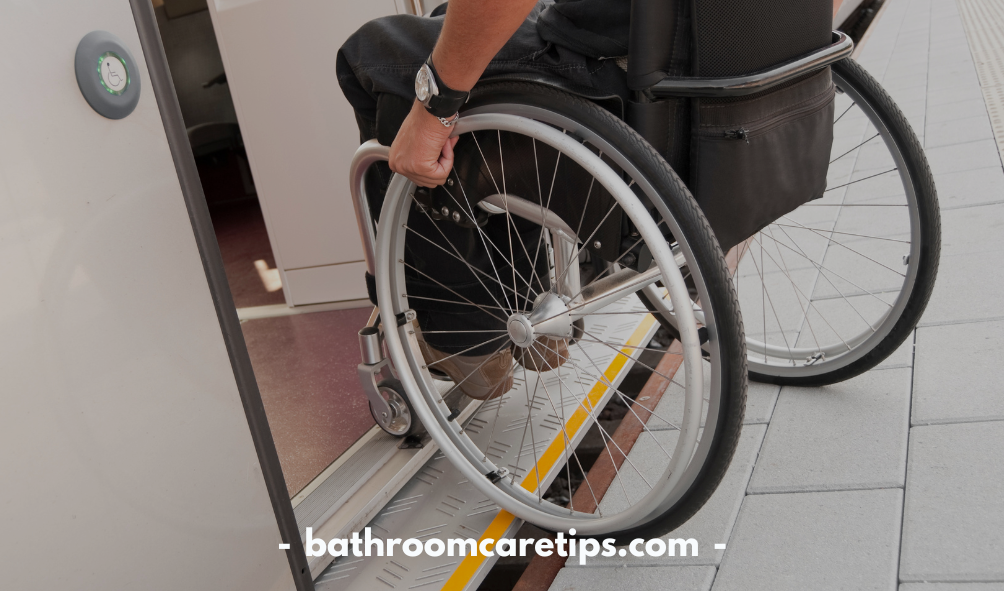
HATC and Other Tax Credits: Can You Combine Them?
Yes, you can combine the HATC with other tax credits, such as:
- Medical Expense Tax Credit (METC): If the renovation is also a medical necessity.
- Disability Supports Deduction
- Provincial Accessibility Grants or Rebates: These may also apply, depending on your province.
However, you cannot claim the same expense more than once under multiple programs.
HATC vs Medical Expense Tax Credit: What’s the Difference?
| Feature | Home Accessibility Tax Credit (HATC) | Medical Expense Tax Credit (METC) |
|---|---|---|
| Type of Credit | Non-refundable | Non-refundable |
| Maximum Claimable Amount | $20,000 in expenses | No fixed limit |
| Focus | Accessibility & safety renovations | Medical necessity |
| Eligible Individuals | Seniors (65+) or DTC eligible | Any taxpayer |
In some cases, a renovation may qualify under both credits. You can split the expense, but you cannot double-claim.
Documents You Need to Keep
To support your claim, retain the following documents:
- Detailed receipts with contractor name, GST/HST number, and address
- Proof of payment (e.g., bank statements, cleared cheques)
- Descriptions of the renovations and their purpose
- Contracts or invoices showing the date and type of work completed
These documents are essential in case of an audit or CRA review.
How Much Can You Save with the Home Accessibility Tax Credit?
The Home Accessibility Tax Credit offers 15% back on up to $20,000 in eligible renovation expenses, meaning a maximum tax savings of $3,000 per year. This is a non-refundable credit, so it can only reduce your tax owing — not give you a refund if your tax balance is already zero.
Real Example:
If you spend $12,000 installing a stairlift and wheelchair ramp:
- 15% of $12,000 = $1,800
- You’ll save $1,800 on your federal taxes that year.
Spending the full $20,000 gives you the full $3,000 benefit.
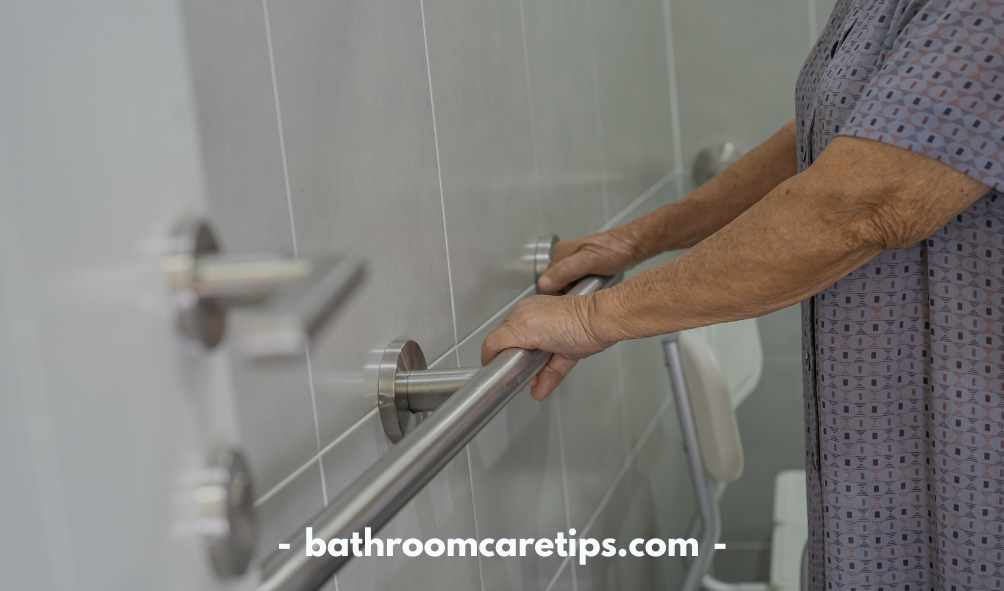
Provincial Grants You Can Combine with HATC
Many Canadian provinces offer additional home renovation assistance. When combined with the HATC, your total savings can increase substantially.
Ontario:
- Ontario Seniors’ Home Safety Tax Credit – 25% refundable credit, max $2,500
- Healthy Homes Renovation Tax Credit (now closed but still relevant for older returns)
British Columbia:
- BC Home Renovation Tax Credit for Seniors and Persons with Disabilities
Quebec:
- Residential Adaptation Assistance Program (RAAP) for disabled individuals
Alberta:
- Seniors Home Adaptation and Repair Program (SHARP): Low-interest loans for renovations
Always check current provincial program rules before applying or claiming.
What Makes a Renovation Eligible for the HATC?
To qualify under the HATC, the renovation must meet all of the following:
- Permanent — not portable or removable
- Improve access or enhance mobility/safety
- Completed in a principal residence of the eligible person
- Carried out by a qualified professional (unless self-performed by the homeowner)
Can You Claim DIY Renovation Costs?
Yes — but only if you can prove actual costs incurred. You cannot claim the value of your own labour, but you can claim:
- Materials and supplies purchased
- Rental equipment used for the renovation
- Permits or fees paid
Example: If you built a wheelchair-accessible ramp yourself and spent $2,500 on supplies and tools, you can claim the $2,500 but not the value of your time.
How HATC Helps Aging in Place
Canada’s population is aging. The HATC supports the concept of “aging in place”, allowing seniors to stay in their homes longer rather than moving into care facilities.
Benefits of Aging in Place:
- Improved quality of life
- More affordable than long-term care
- Maintains independence and dignity
- Familiar surroundings reduce stress and confusion
Renovations like grab bars, stairlifts, and walk-in showers make a huge difference in senior safety and mobility at home.
How the CRA Verifies HATC Claims
The Canada Revenue Agency (CRA) may review your claim, so keep detailed records. The CRA often asks for:
- Itemized invoices from contractors
- Proof that the expense was for the qualifying person’s principal residence
- Clear description of what the renovation was and how it improved accessibility
Any discrepancy can lead to your claim being denied or reduced.
How HATC Differs from First-Time Home Buyer Credits or Renovation Loans
| Feature | HATC | First-Time Home Buyer Credit | Reno Loan or Grant |
|---|---|---|---|
| Purpose | Accessibility renovations | Buying first home | General home upgrades |
| Refund type | Non-refundable tax credit | Non-refundable tax credit | Grant or repayable loan |
| Eligibility | Seniors & persons with disabilities | First-time homebuyers | Depends on program |
| Max benefit | $3,000 | $750 | Varies by province or lender |
Common Mistakes When Claiming the HATC
Avoid these frequent pitfalls when filing your HATC claim:
- Claiming non-eligible expenses (decor upgrades, security cameras)
- Missing receipts or incomplete paperwork
- Claiming for a rental or vacation property
- Double-claiming the same expense under multiple credits
- Assuming cosmetic upgrades are eligible
Always verify with the CRA’s guidelines before submitting your return.
Can You Claim HATC for a Family Member?
Yes. If you’re living with and supporting a qualifying family member (e.g., elderly parent or disabled sibling), and the renovations are done in your shared principal residence, you may claim the HATC.
The key conditions are:
- The individual must live with you full-time
- You must be related by blood, marriage, common-law partnership, or adoption
- You must cover the renovation costs
What Happens if You Sell the Home After Renovating?
Selling your home after claiming the HATC doesn’t require you to repay the credit, as long as:
- The renovation was permanent
- The home was your principal residence at the time of renovation
- The individual eligible for HATC lived there during the renovation
This means there’s no clawback, but you cannot claim again for the same renovation after the sale.
Conclusion
The Home Accessibility Tax Credit is a valuable tool for homeowners and renters who need to make their living spaces more accessible. By understanding the eligibility criteria, qualifying expenses, and how to claim your benefits, you can unlock significant savings while improving your home’s functionality. Whether you’re making modifications for yourself or a family member, this credit is designed to make your life easier and more comfortable. Don’t miss out on the financial relief it offers
FAQs
What if I miss the deadline to claim my tax credit?
If you miss the deadline, you may still be able to claim your credit by filing an amended return for the previous year.
Can renters qualify for the Home Accessibility Tax Credit?
Yes! Renters who make qualifying modifications to their homes can also claim the credit.
How much can I save with the Home Accessibility Tax Credit?
The amount you save depends on your total qualifying expenses, but the credit can significantly reduce your tax liability.
Can I use this credit more than once?
Yes! As long as you meet the eligibility requirements and make new qualifying modifications, you can claim the credit in subsequent years.
Does this tax credit apply to only certain provinces or regions?
The credit applies nationwide, but some provinces or territories may offer additional support for accessibility modifications.
